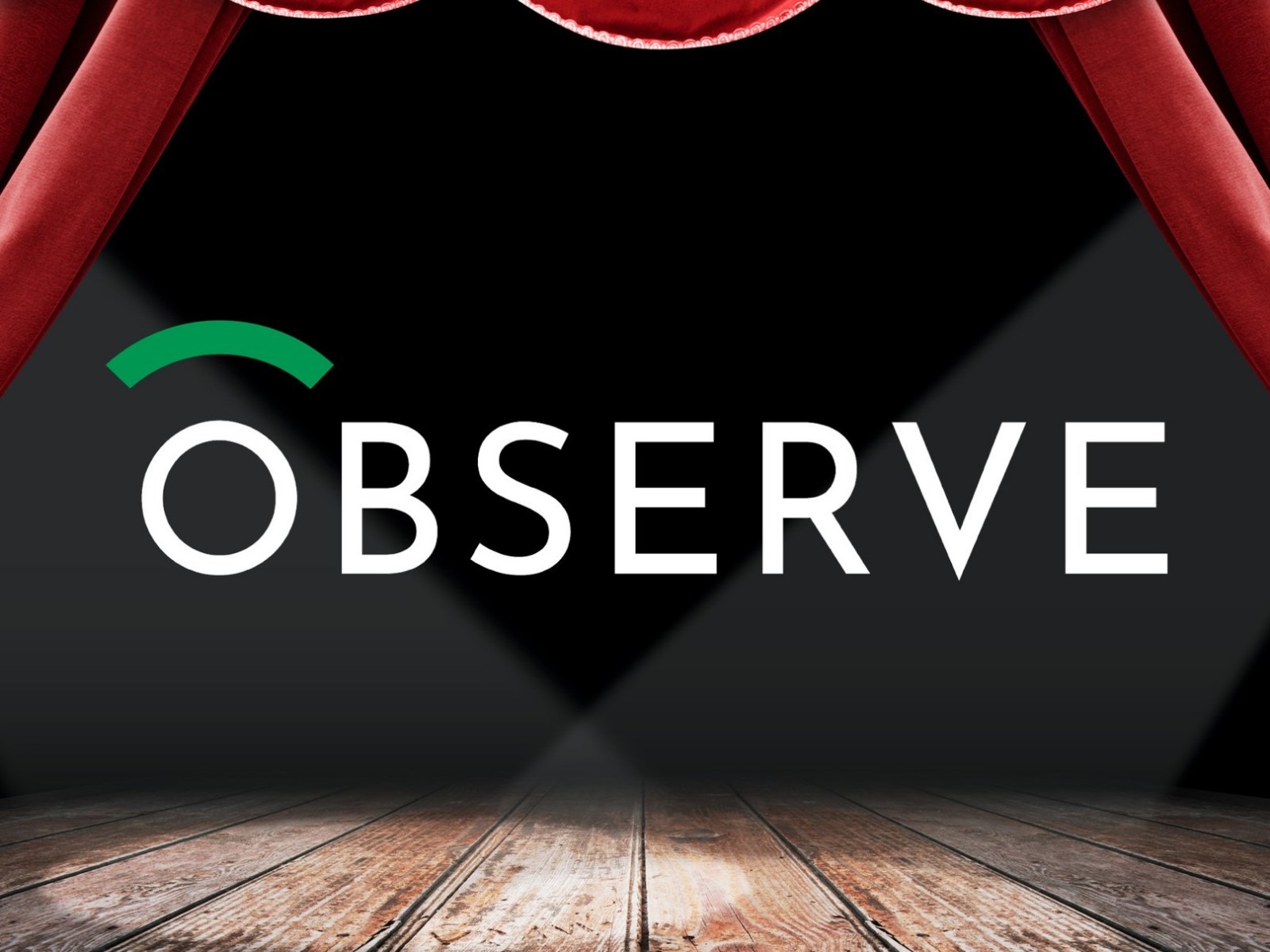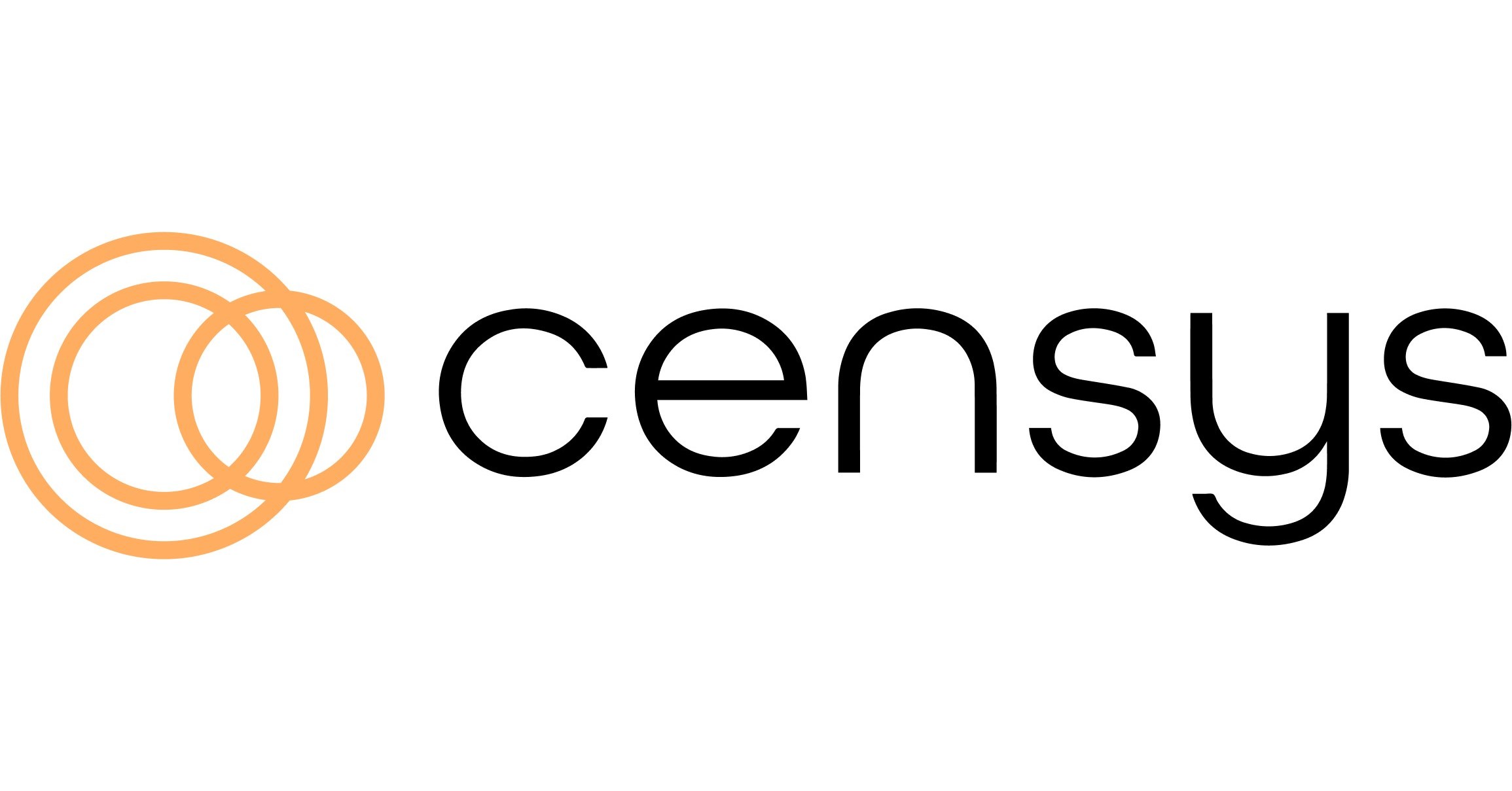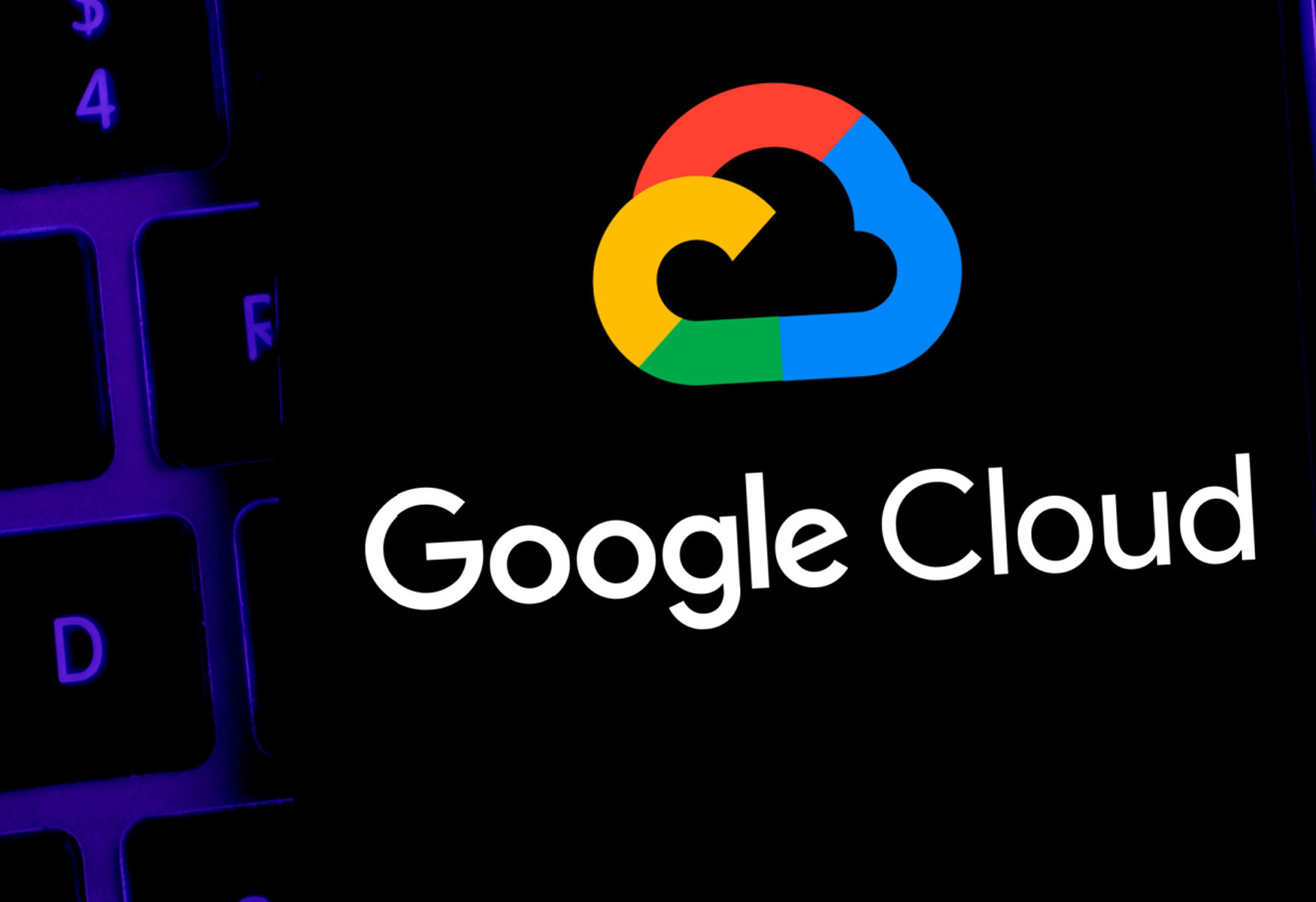San Mateo-based observability platform, Observe, recently announced that it has successfully raised $50 million in convertible debt financing. The funding round, led by Sutter Hill Ventures, will be used to support the expansion of Observe’s sales and research and development (R&D) teams. CEO Jeremy Burton aims to grow the company’s headcount from 150 to 250 employees by the end of 2024. Observe plans to utilize this investment to further enhance its software-as-a-service (SaaS) observability tools, which enable businesses to store, manage, and analyze machine-generated data and logs.
Key Takeaway
Observe secures $50 million in convertible debt financing, led by Sutter Hill Ventures, to expand sales and R&D teams. The funding will support the development of Observe’s observability tools, which enable organizations to store, manage, and analyze machine-generated data and logs. The introduction of new generative AI features enhances problem-solving capabilities, while platform enhancements, such as Observe Apps and a public API, offer added flexibility. Despite the challenges brought about by the pandemic, Observe’s shift in strategy has led to a larger client base and exceeded annual contract value targets for 2023.
Reaping the Benefits of Observability Software
The observability market is poised for substantial growth, with analysts predicting it will reach $2 billion by 2026. Businesses are recognizing the potential of observability software, which allows teams to monitor, measure, and understand the status of their systems and applications. A survey by Enterprise Strategy Group revealed that advanced observability deployments can reduce downtime costs by 90%, resulting in significant savings for organizations. The survey found that advanced users spend only $2.5 million annually on downtime costs, compared to $23.8 million for beginners.
Observe’s Differentiation in the Market
Observe sets itself apart from competitors by storing all raw observability data in a centralized repository called a data lake. This data is then curated and layered with analytics through a unique “data graph” framework. This approach facilitates easy navigation and comprehension of the data, allowing users to efficiently troubleshoot problems. Observe faces competition from established players in the app monitoring and log analytics space, such as New Relic, Splunk, DataDog, and Sumo Logic. However, Observe stays ahead of the curve by continuously introducing new tools and functionalities.
AI-driven Features Enhance Observability
Observe recently launched a range of generative AI features to streamline observability-related tasks. These features include the GPT Help module, which functions as a chatbot and responds to natural language commands by providing information about Observe’s features, “how-to” tasks, and error messages. Additionally, the GPT Extract feature adds structure to logs in real-time, while the GPT Slack Assistant integrates with Slack to assist users in troubleshooting issues and summarizing incident response threads. Furthermore, the Opal Co-Pilot generates Observe’s query language, Opal code, based on natural language inputs. These AI-driven capabilities aim to accelerate problem-solving for organizations dealing with large volumes of telemetry data generated by distributed applications.
Platform Enhancements to Support Growth
In addition to the AI-driven features, Observe is introducing Observe Apps, prebuilt packages that include configurations and best practices for observing specific development environments. The platform is also launching a public API, a command line interface, and options for exporting data to a CSV file or a Snowflake dashboard for further analysis. These enhancements provide users with more flexibility and enable seamless integration with existing toolchains and workflows.
Expanding Market Presence and Success Amidst the Pandemic
Observe’s CEO, Jeremy Burton, acknowledges that the economic downturn and the challenges posed by the pandemic necessitated a shift in the company’s go-to-market strategy. Observe’s focus shifted towards targeting companies with 200 to 2,000 employees, resulting in a larger client base. The company now boasts over 60 brands as clients and approximately 1,600 monthly average users. Burton attributes this success to repositioning the sales team towards larger accounts, leading to higher average sales prices and improved customer retention. While Observe’s annual recurring revenue is not disclosed at this time, the company has already surpassed its new annual contract value plan for 2023.

























